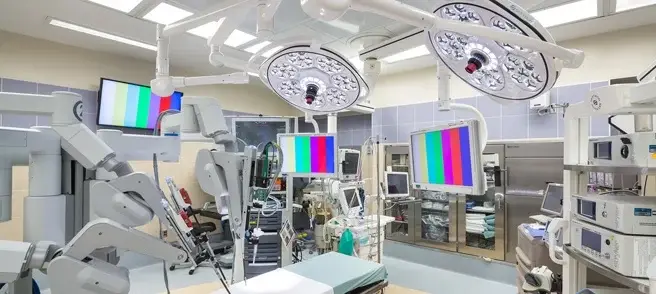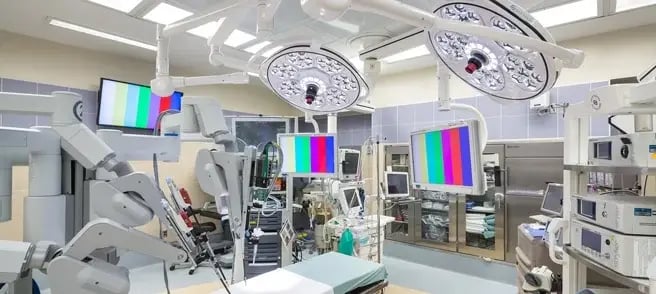

With the continuing changes in healthcare insurance and billing requirements, more health care providers are looking into how to satisfy insurance criteria and gain the most reimbursement for their services. Both hospital networks and independent physicians have gained interest into standalone Ambulatory Surgery Center (ASC) buildings.
A common approach for a new ASC is to investigate an existing structure, usually a former office-type building. These office buildings are generally selected by their location and lower monthly overhead costs. However, while evaluating these buildings, infrastructure can be equally important to consider. Typical office building infrastructures are usually simple and often do not meet the code and design requirements of an ASC. The ASC code/design considerations, which are similar to a hospital, play an important role in patients comfort and safety. These more stringent provisions often exceed the existing building’s infrastructure. When evaluating existing buildings for possible ASC use, consider the following MEP infrastructure items:
One of the most common items overlooked is the available room in the space above the ceiling. The above ceiling area needs to fit a large amount of services, often much more then what is currently in place. Also, if ceilings are raised (i.e. 10’ operating rooms), this compounds the issue.
Typically, simple rooftop units are utilized in an office setting. The added code and design considerations may require replacing the equipment for additional air quality and heating/cooling load considerations.
Code requires a minimum humidity in an ASC. This often means adding one or more humidification system.
If an existing generator is in place, the capacity needs to be evaluated to allow for critical functions during a power outage. If an existing generator does not exist, one will need to be added.
ASC buildings have a much higher demand for hot water. This usually requires the replacement or addition of a hot water heater in the building.
Considerations of medical gas rooms are needed. Code requires a separation of the machine drive pumps and the bottled storage into separate rooms. One recommendation is to locate the bottled gas storage room near a service entrance. This will minimize the disruption to patients when bottles are replaced.
Typically a steam generating boiler will need to be added for sterilizers. The boiler may also be used for building humidification.
Need assistance?
Peter Basso Associates (PBA) can provide an upfront infrastructure study to help evaluate your prospective building. This study will help you gauge the buildings existing capacity, limitations and expected life expectancy of existing equipment.
The best way to help your facility achieve – and sustain – high performance standards is through the commissioning process. Get your free copy of our Building Commissioning Playbook to see what commissioning can do for your building.
These Stories on Health Care